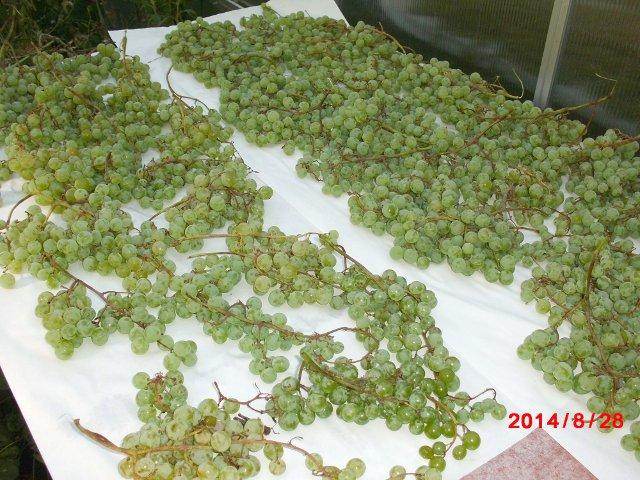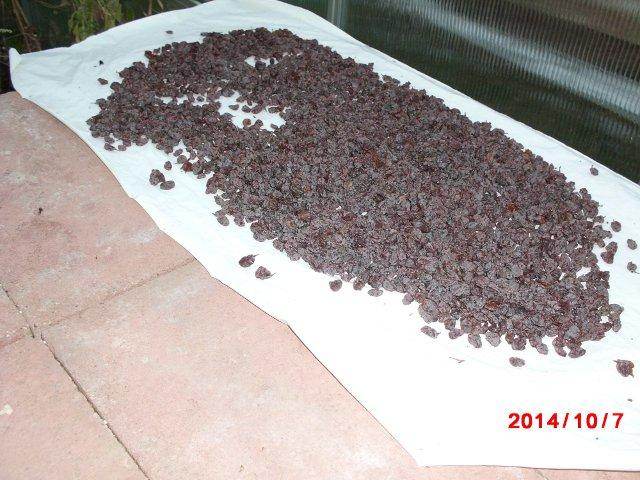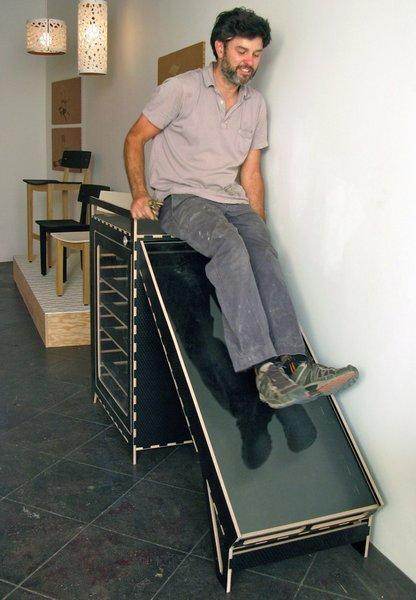









Zone 5/6
Annual rainfall: 40 inches / 1016 mm
Kansas City area discussion going on here: https://www.facebook.com/groups/1707573296152799/
 1
1








Zone 5/6
Annual rainfall: 40 inches / 1016 mm
Kansas City area discussion going on here: https://www.facebook.com/groups/1707573296152799/








Zone 5/6
Annual rainfall: 40 inches / 1016 mm
Kansas City area discussion going on here: https://www.facebook.com/groups/1707573296152799/








 1
1




If your dreams don't scare you they aren't big enough




Dan Grubbs wrote:Thanks Spencer. I agree, a good sealed wood certainly would be much more pleasant to look at. However, I'm more interested in performance and if painting it black on the outside allows it to do it's job better, I would consider it. Any experienced solar dehydrator builders out there have some insight into exterior color?
Thanks much,
Dan
Projects, plans, resources - now on the Permies.com digital marketplace.
Try the Everything Combo as a reference guide.








Find me at http://www.powellacres.com/

 4
4




Sherri Lynn wrote:Does anyone use their solar food dehydrator for a dual purpose?



 1
1




Find me at http://www.powellacres.com/
 1
1




Walk Hatfield wrote:We have experimented with about every solar dryer design out there in the past 35 years and came up with our own design back in the mid-1980's that is actually pretty similar to the original posting. But it uses clear glazing and either black cloth or metal over the screen of food. And the roofing is at an angle to improve thermo-syphoning of airflow.
You can see the details on our webite at http://www.GeoPathfinder.com/9473 . That page gets about 150 hits/day, and we do workshops on the design, self-published a booklet about food drying, and do dryer building workshops with groups of folks in our area where we build 10, 4-by-4 foot dryers in a day. Our design was used by the U.N. in a publication they did back in the late '80's since it works well in humid regions, can be modified easily to adapt it to any climate, altitude, or latitude, and it's easy to use found or local materials as long as you stick to the basic physics of the design. It's now used from Alaska to Mexico, at least.
The box-type dryers are all based on adding a solar crutch to an electric box dryer. They work but you have to track the sun, they're slow, they're harder to build, and you can't leave food in them overnight.
We try to keep the direct UV of sunlight off everything but mushrooms. Some varieties, like shiitake, can have 10 times or more their normal vitamin D level if dries gill side up in direct sun. Fruits and veggies all get done in the dark to preserve nutrients and color.
Bob Dahse.





 2
2




Hans Albert Quistorff, LMT projects on permies Hans Massage Qberry Farm magnet therapy gmail hquistorff




 1
1




Country oriented nerd with primary interests in alternate energy in particular solar. Dabble in gardening, trees, cob, soil building and a host of others.











Hans Albert Quistorff, LMT projects on permies Hans Massage Qberry Farm magnet therapy gmail hquistorff
 2
2








 3
3













Kate Muller wrote:Anyone looking for stainless steal mesh you can get it from McMaster Carr.
http://www.mcmaster.com/#stainless-steel-mesh/=10uoyrj




Jason LaVoy wrote:
Kate Muller wrote:Anyone looking for stainless steal mesh you can get it from McMaster Carr.
http://www.mcmaster.com/#stainless-steel-mesh/=10uoyrj
I've looked there but it seemed expensive. Is it the cheapest option for stainless?
 3
3





|
The City calls upon her steadfast protectors. Now for a tiny ad:
The new kickstarter is now live!
https://www.kickstarter.com/projects/paulwheaton/garden-cards
|







